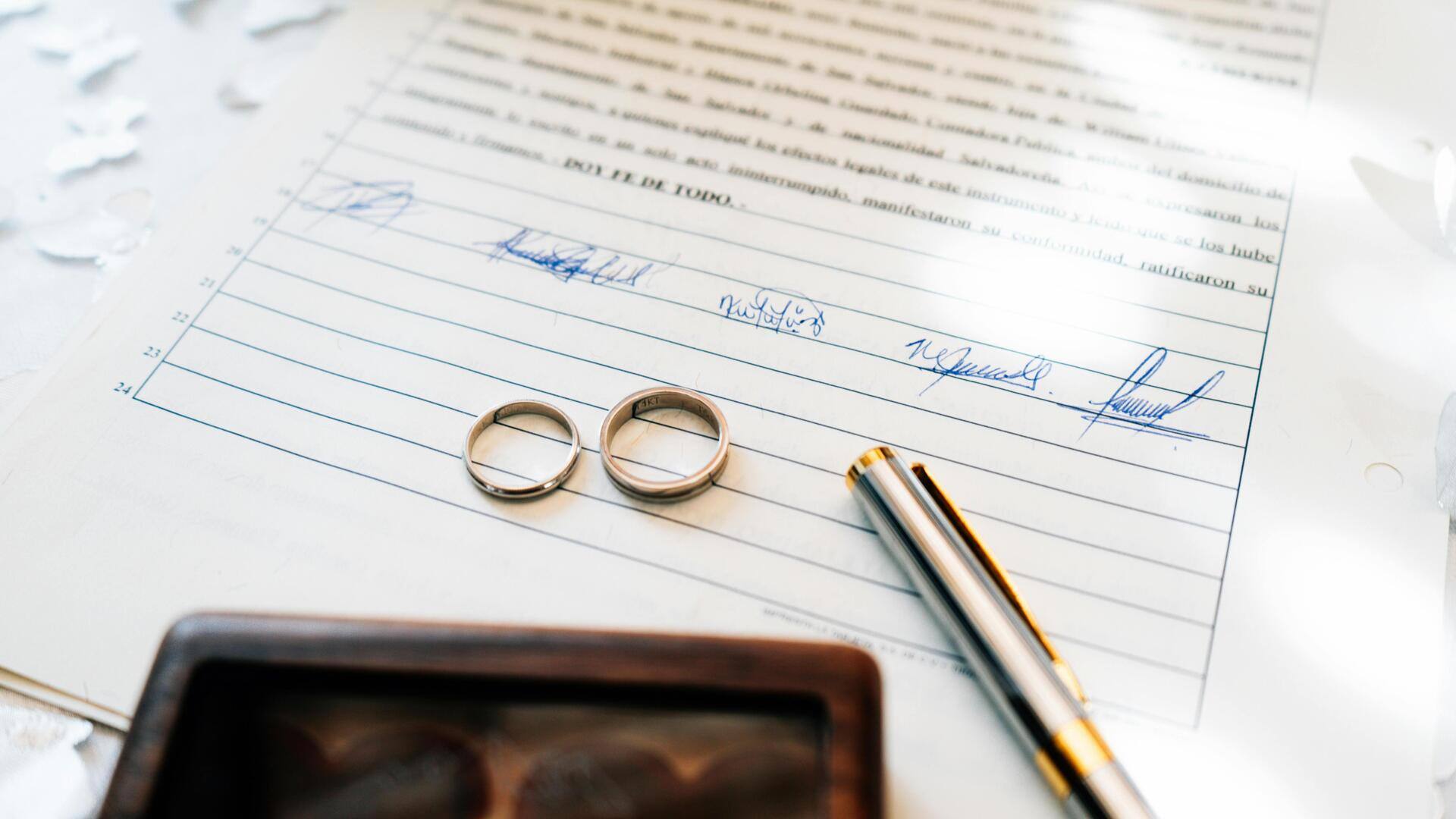
How to change your name on an Indian marriage certificate
What's the story
Changing your name on an Indian marriage certificate can be a daunting task. Knowing the right steps and procedures can make it easier. Here's a guide to help you navigate the process smoothly. By following these steps, you can ensure that your name change is done legally and efficiently, without any unnecessary hassles or delays.
Tip 1
Gather necessary documents
Before starting the name change process, collect all required documents. These usually include your marriage certificate, identification proof, and address proof. Having these documents ready will make the application process smoother and quicker. Also, check if any additional documents are required by your local authority to avoid any surprises later.
Tip 2
Visit the local registrar office
The next step is to visit your local registrar office where marriage certificates are maintained. Submit your application for a name change along with the required documents. Make sure to fill out all forms accurately to avoid any rejections or delays in processing your request. The officials will guide you through the specific procedures applicable in your region.
Tip 3
Pay applicable fees
Be prepared to pay any fees associated with changing names on a marriage certificate. The fees may vary depending on the state or region you live in. Ensure you have the exact amount ready and inquire about payment methods accepted at the registrar office. Keeping track of these costs will help you plan accordingly.
Tip 4
Follow up on application status
After submitting your application, keep following up on its status regularly. This way, you will know if there are any issues that need to be resolved quickly. Some offices provide online tracking systems for applications, making it easier for you to check progress without having to visit physically every time.
Tip 5
Update other legal documents accordingly
Once your name change is reflected on your marriage certificate, update other legal documents like Aadhaar cards or passports accordingly. This ensures consistency across all official records and avoids confusion in future transactions or legal matters involving identification verification processes where these names may come into play frequently over time.